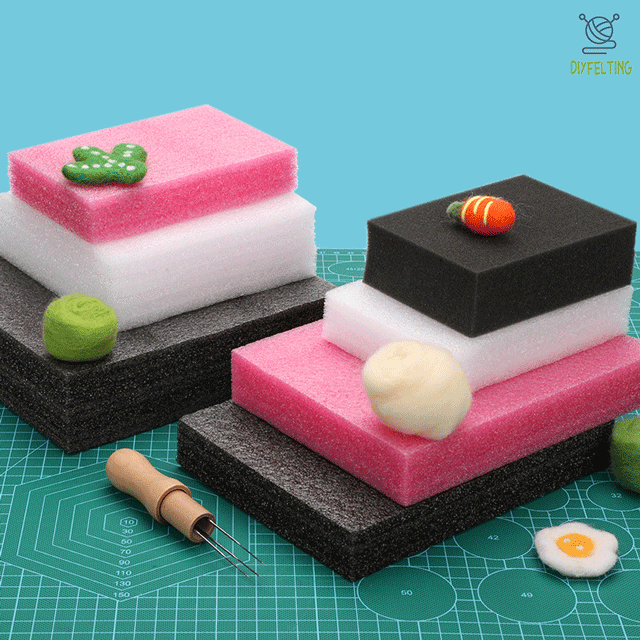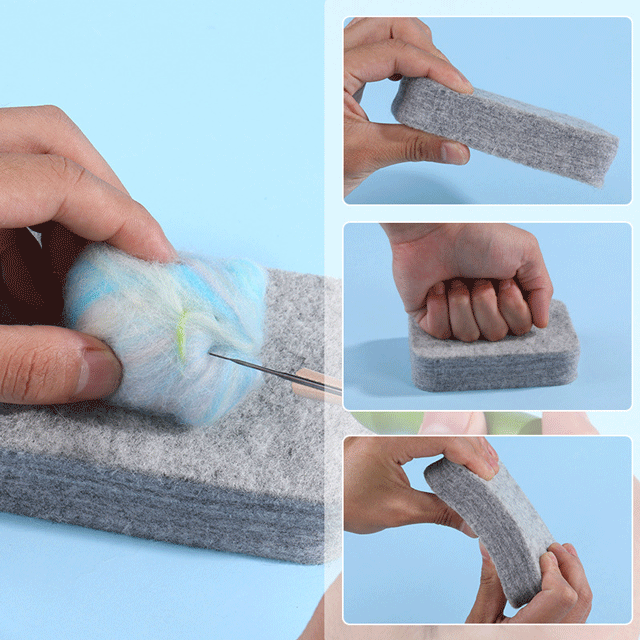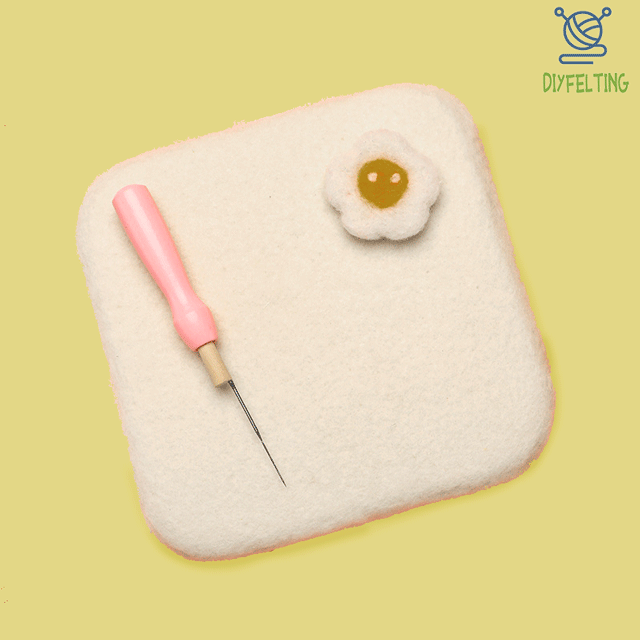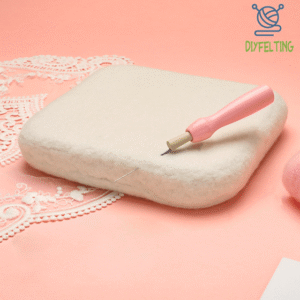Ready to Level Up? Let's Begin.
How to Choose the Right Felting Mat: The Complete Guide for Beginners
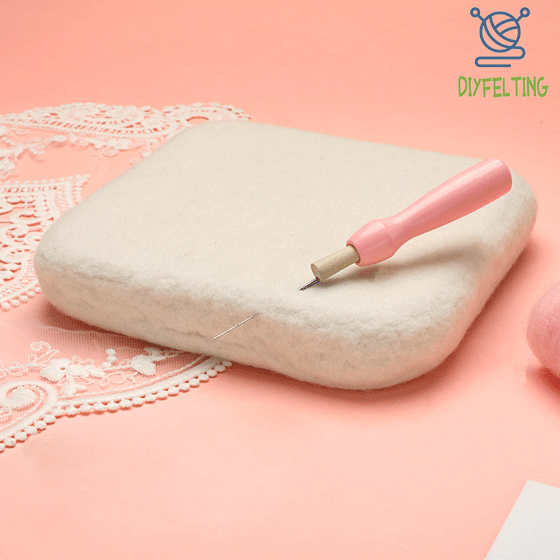
Needle felting is a relaxing and rewarding craft that allows you to create beautiful wool sculptures, decorations, and even plants. But to get the most out of this hobby, having the right tools is essential—and one of the most important tools is your felting mat.
Whether you’re just starting out or have been felting for years, choosing the right mat can dramatically improve your experience and results. In this guide, we’ll help you understand what to look for in a felting mat, compare popular types, and choose the best one for your needs.
Why Your Felting Mat Matters
A felting mat serves as a work surface that supports your wool while you needle it. It protects your needles (and your fingers!), helps shape your project, and extends the life of your tools. Using the wrong surface can lead to broken needles, uneven shaping, and frustration—especially for beginners.
Types of Felting Mats: Comparison & Recommendations
Here’s a detailed look at the most common types of felting mats available:
1. Foam Felting Mats
Description: Usually made from high-density polyurethane foam.
Pros: Soft, lightweight, affordable, and needles glide in smoothly. Great for general use and 3D sculpting.
Cons: Can wear out over time; may leave foam dust on projects.
Best For: Beginners and casual crafters. Ideal for small and medium projects.
Click the picture for more product details.
2. Wool Felting Mats
Description: Made from densely felted wool, sometimes with a core of other materials.
Pros: Durable, self-healing, eco-friendly. Provides firm support and is excellent for detail work.
Cons: More expensive; requires occasional fluffing to maintain.
Best For: Intermediate to advanced felters working on fine details.
Click the picture for more product details.
3. Brush Mats
Description: Feature a surface of stiff bristles that hold wool in place.
Pros: Great for holding fiber in place; perfect for creating flat pieces or attaching appendages.
Cons: Not ideal for 3D sculpting; may shed bristles.
Best For: People who make 2D art or jewelry.
4. Coconut Fiber Mats
Description: Made from natural coconut husk fibers.
Pros: Firm and durable; eco-friendly.
Cons: Can be rough; may not be suited for very fine work.
Best For: Those who prefer natural materials and work on robust projects.
5. Multi-Layer Mats
Description: Often combine foam and wool or other materials.
Pros: Versatile—good for both 2D and 3D projects.
Cons: Pricier; may be too firm for some users.
Best For: All-level crafters looking for one mat for various project types.
How to Choose the Best Felting Mat for You
Consider these factors when making your choice:
Skill Level: Beginners should opt for affordable and forgiving mats like foam or brush pads.
Project Type: 3D projects work best with foam or wool mats; 2D pieces are easier on brushes.
Durability: If you felt frequently, invest in a wool or multi-layer mat.
Eco-Friendliness: Wool and coconut mats are great sustainable choices.
Size: Make sure the mat is large enough for your projects but still portable if needed.
Top Felting Mat Recommendation for Beginners
For those new to needle felting, a high-density foam mat is the best choice. It’s inexpensive, soft enough to prevent needle breakage, and versatile for most early projects. Many starter kits include a foam mat—it’s a perfect way to begin your felting journey without a big investment.
Conclusion
Your felting mat might seem like a small detail, but it plays a huge role in your crafting success and enjoyment. By understanding the different types and what each offers, you can choose a mat that helps you create beautiful, frustration-free felted art.
Happy felting!

